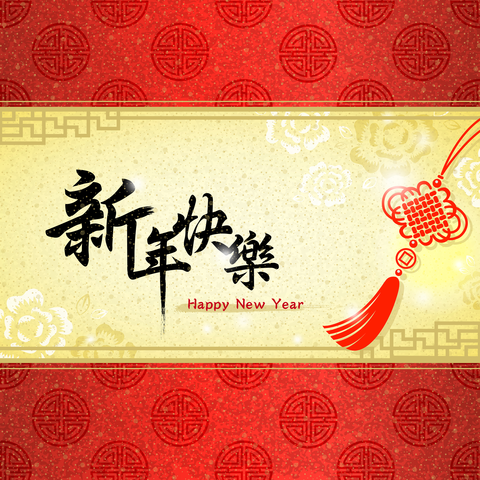All around the world—but especially in China itself—people welcome the lunar rebirth with festivals, feasts, and family, and we’ve put together this quick guide to understanding the meaning behind many of its most popular traditions.
What is the Chinese New Year?
Before you can talk about how to celebrate, it’s important to ask what is the Chinese New Year anyway? The Chinese New Year, also referred to as the Spring Festival, is the most well known of the Asian Lunar New Years, and formally welcomes in the beginning of a new year on the Chinese calendar.
While we often think of China itself when discussing Chinese New Year traditions and events, you can find similar celebrations taking place throughout Asia, such as Seollal (the Korean New Year) and Tet (the Vietnamese New Year).
The roots of the Chinese New Year as we know it today can be traced to the Shang Dynasty (1766 BC – 1122 BC), though a lot of experts attribute its beginnings to far earlier. And many of its most popular traditions, including the celebrations known throughout the world, came about a bit later, during the Han Dynasty (202 BC – 220 AD).
The Chinese government formally abolished the Chinese New Year in 1912, basing itself instead on the Gregorian calendar, in which the new year starts on January 1. The celebrations continued though under the name Spring Festival, and the traditions are as strong as ever in modern China.
Chinese New Year Traditions
Talk to any Chinese family and you’ll likely hear about unique Chinese New Year’s Eve traditions and traditions that take place throughout the entire Spring Festival calendar. But there are some major traditions that are common from town to town and family to family.
Fireworks. Just like in the U.S., fireworks are a big part of welcoming in the new year. In China, however, they’re more than just spectacle: fireworks are thought to drive away any lingering evil from the previous year and help everyone embrace a fresh start.
New Year’s Eve feast. The Chinese New Year’s Eve dinner is as important as it is delicious. Families come together from near and far to reunite and share in traditional new year foods, including fish and dumplings, both of which signify prosperity for the coming year. Dumplings like our Chicken Teriyaki Dumplings are indicative of what you might find at a Chinese New Year Eve feast.
Decorations. Symbolism abounds in Chinese New Year celebrations, and nowhere is that more apparent than the colorful decorations you’ll find throughout Chinese homes, businesses, and markets. Many of these decorations are red, the most important color of the new year, which symbolizes good fortune. You’ll find paper lanterns, door gods and shrines, and of course, various decorative iterations of the world famous Chinese dragon.
Enjoy Your Own Chinese New Year Feast
You don’t have to live in the heart of China to celebrate the Chinese New Year! Shop our dumplings and other traditional Chinese dim sum foods and build your own mouth watering new year’s eve feast. Check out our distributor locator page to find a distributor near you or buy now from FoodServiceDirect.
And to all who celebrate, we wish you great happiness and prosperity in the new year!


 You're heading to Schwan's Food Service site
You're heading to Schwan's Food Service site